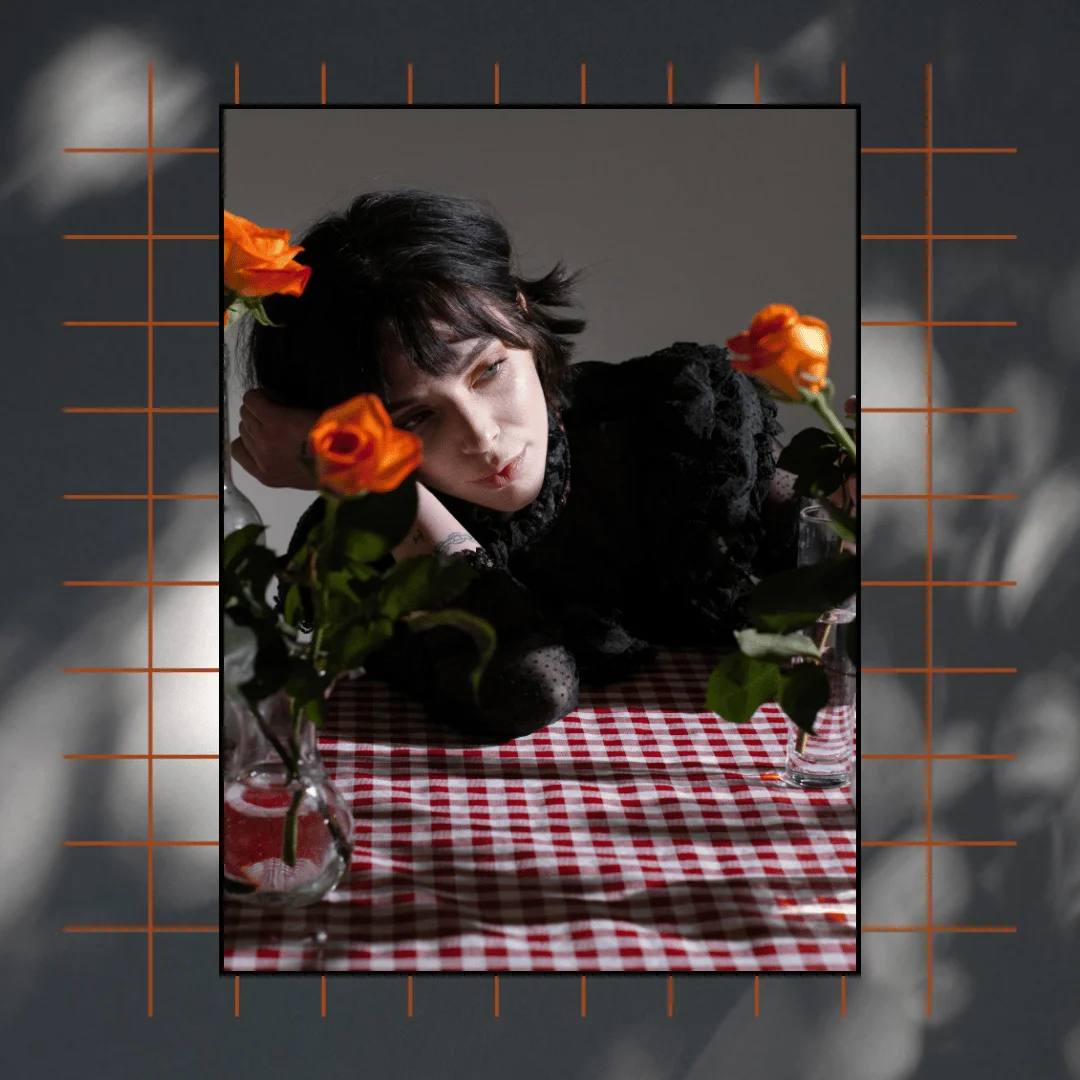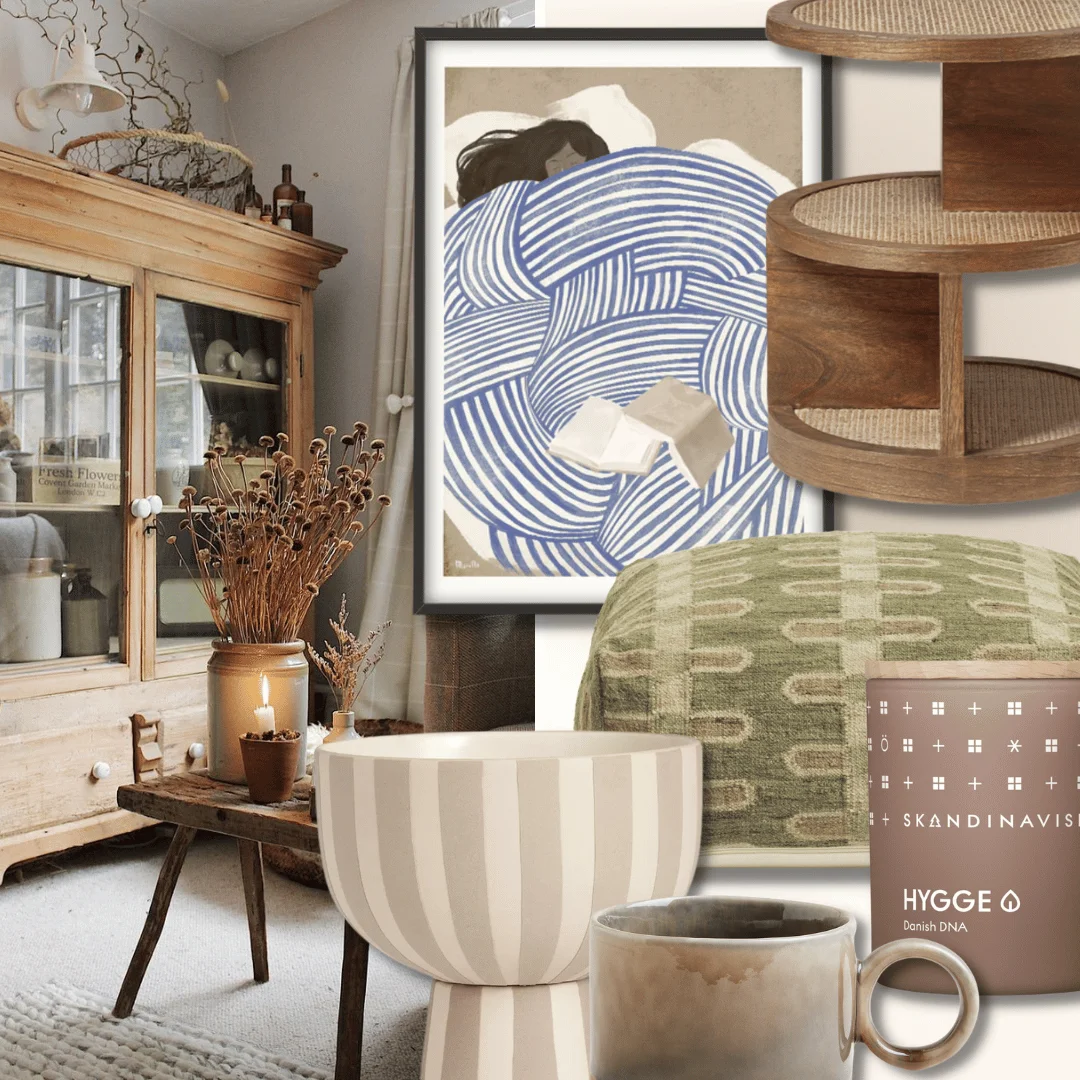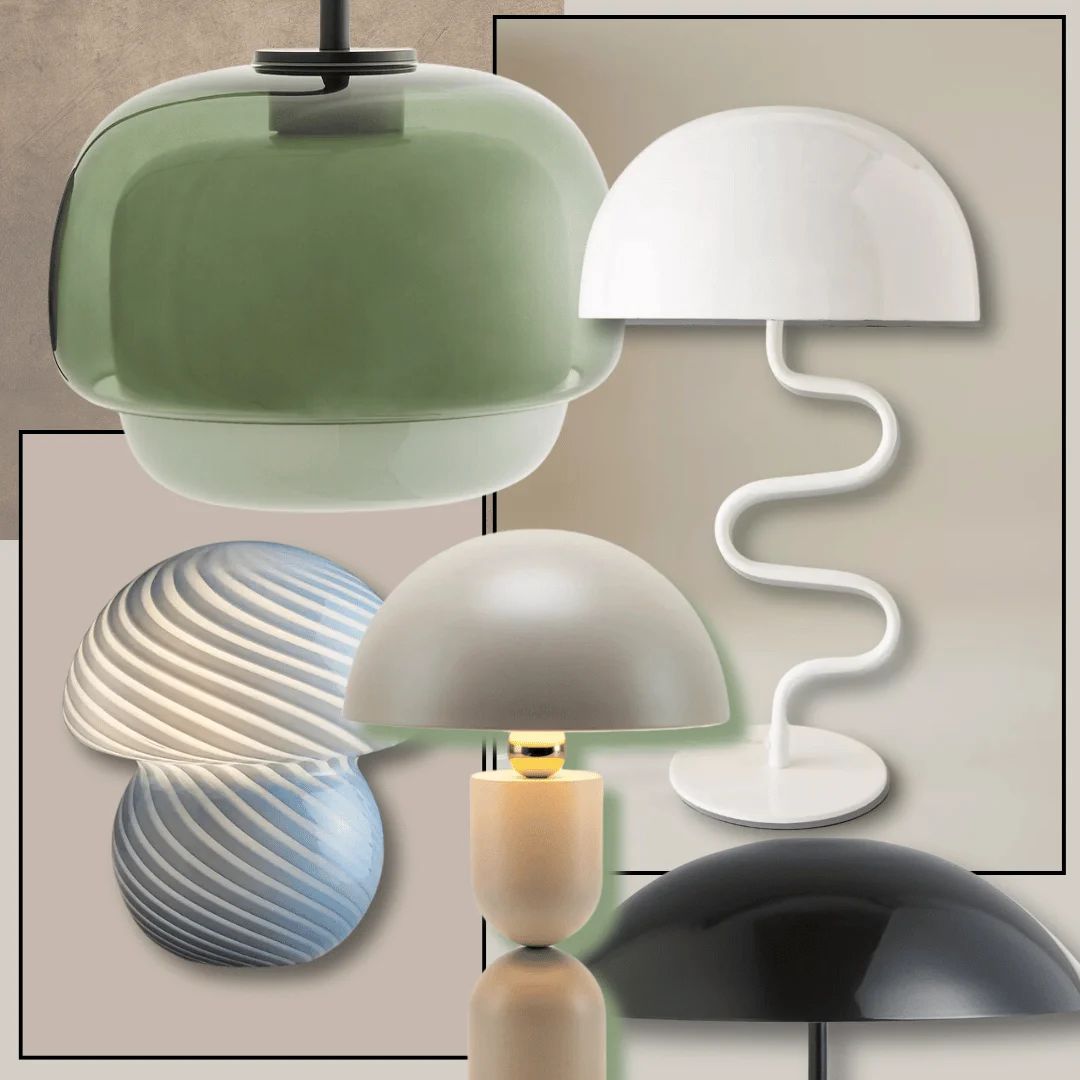80 Affirmations For Strength To Help You Feel Grounded, Resilient & Ready For Anything!

Some days, strength looks like powering through. Other days, it’s just getting out of bed and answering that one text you’ve been avoiding. It shifts, depending on the moment —









